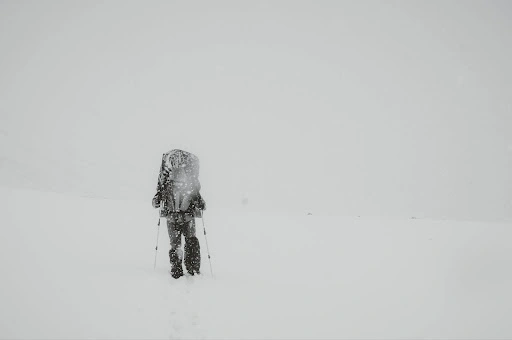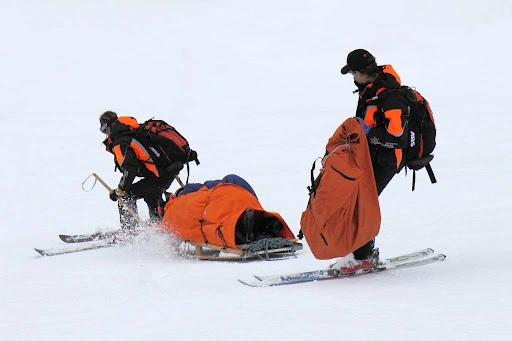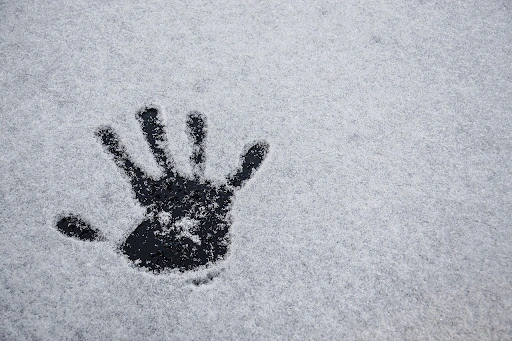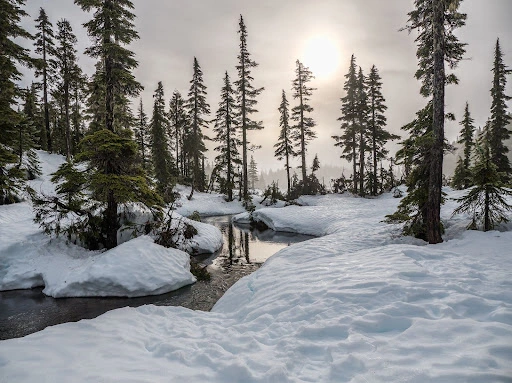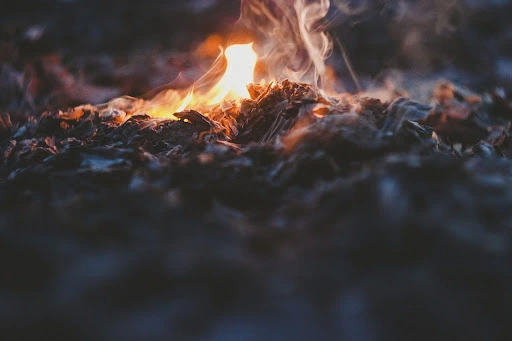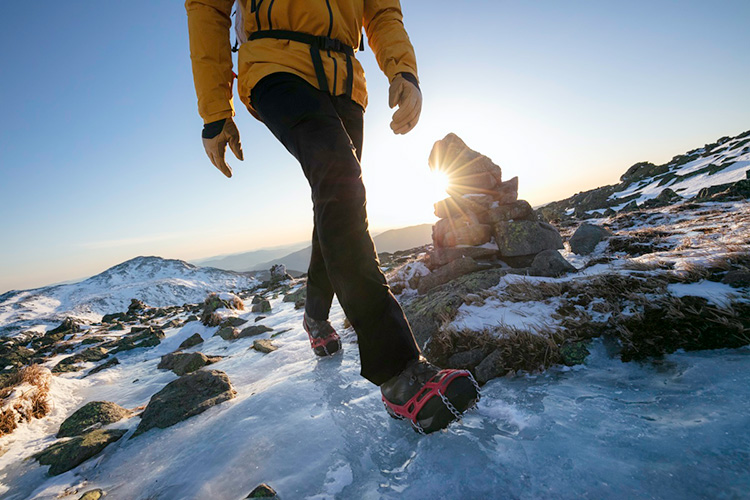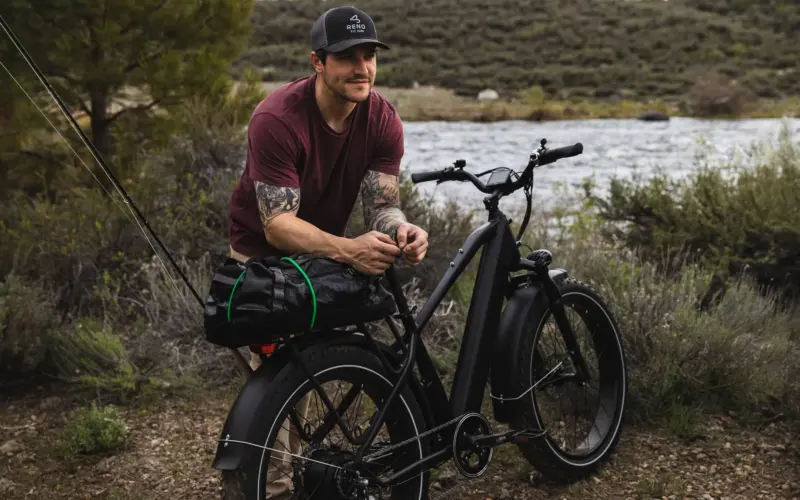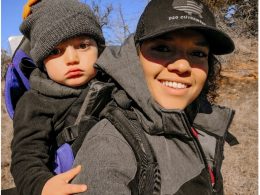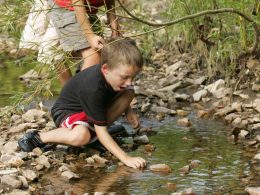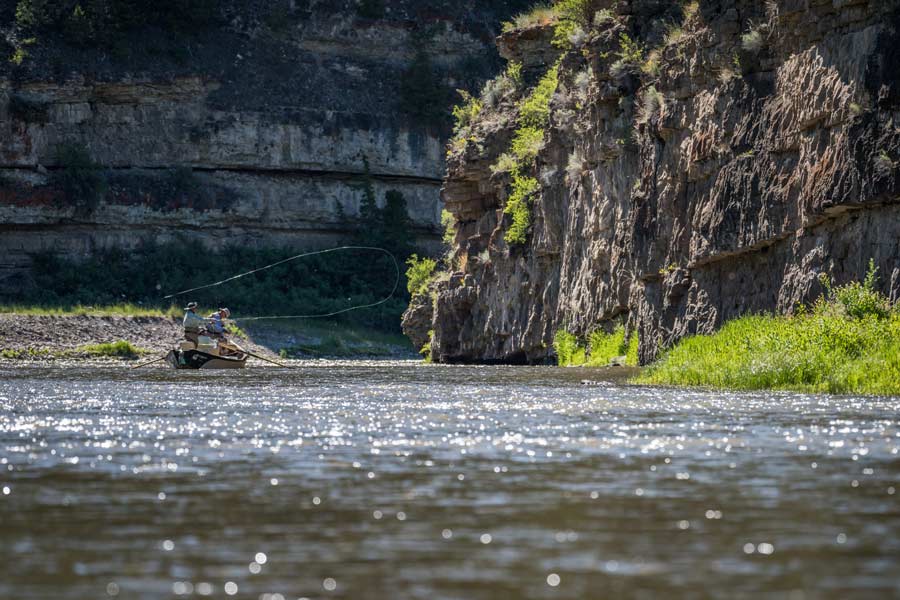Winter camping is a thrilling adventure, but it demands careful preparation – particularly when it comes to first aid. The frigid weather conditions can give rise to unique, potentially dangerous situations, emphasizing the importance of a well-stocked winter camping first aid kit.
This guide aims to equip you with valuable insights about essential items that should be in your kit, from basic wound care supplies to tools specifically designed for cold-weather emergencies. We’ll explore the fundamental components, highlight must-have winter-specific items, and provide tips to maintain and use your kit effectively.
Table of Contents
The Essentials of a Winter Camping First Aid Kit
One key strategy to ensure you are prepared for winter camping is to maintain two distinct first aid kits – a basic first aid kit and a winter-specific kit. These two kits collaborate, providing a comprehensive range of tools and supplies to handle an array of situations.
Basic First Aid Supplies
The basic first aid kit serves as your primary line of defense against common outdoor injuries. It should include a variety of essentials:
- Bandages and Dressings: For covering wounds and preventing infection.
- Antiseptic Wipes: To cleanse and disinfect wounds.
- Tweezers: Useful for removing splinters or ticks.
- Pain Relievers: For managing pain from injuries or headaches.
- Thermal Blanket: Provides warmth and can be used to treat shock.
Specialized Winter First Aid Gear
The winter-specific kit complements your basic first aid kit with tools designed to address cold-weather emergencies:
- Hand Warmers: Instant heat source for preventing and treating frostbite.
- Thermometer: To monitor body temperature in extreme cold.
- Twig Stove: Allows you to cook just with the twigs around you
- Snow Shovel: This can be used to build a snow shelter or clear an area.
- Moisturizer: Prevents and treats skin dryness caused by chilly winds.
- Sunglasses: Protection from snow blindness, caused by the sun’s glare on snow.
- Flares: In the situation where you need to signal for a rescue or start a fire
A lot of these items are meant to protect you from the elements as any sort of injury can become exacerbated by adverse weather conditions.
Packing Extra Food
In addition to first aid supplies, packing extra food is a crucial aspect of preparing for your camping trip. This is especially important if your stay in the outdoors unexpectedly extends by a few days. When selecting extra food, focus on nutrient-dense options that deliver high calories and are easy to prepare.
- Energy Bars: Specially formulated bars offer a great balance of carbohydrates, protein, and fats. They are light, practical, and don’t require cooking.
- Nuts and Seeds: These are a fantastic source of energy, loaded with healthy fats, protein, and a variety of essential minerals.
- Dried fruits: High in sugar, dried fruits provide a quick energy boost and are packed with fibers and vitamins.
- Instant Meals: Look for vacuum-sealed meals that only require boiling water. They are compact, lightweight, and available in a variety of calorie-dense options.
- Peanut Butter: It is an excellent high-calorie food, rich in healthy fats and protein. It’s versatile and can be consumed straight from the jar or added to instant meals for extra energy.
Keeping your calorie count up will help keep you warm. Keeping the nutrients high will make sure your body is performing at peak levels to help with healing.
Addressing Hypothermia and Frostbite
Cold weather camping brings the risk of hypothermia and frostbite, two serious conditions that demand immediate attention.
Hypothermia
Hypothermia sets in when your body loses heat faster than it can produce, causing a dangerous drop in body temperature.
Signs include:
- Shivering uncontrollably
- Slurred speech
- Slow and shallow breathing
- Weak pulse
You will encounter hypothermia frequently when the weather is cold and wet. Staying wet is the worst thing to do to avoid hypothermia. Take extra precautions over and above the usual thermal blankets and hand warmers. Pack a portable heater or small camp twig stove. Something you can deploy quickly to generate some much-needed warmth.
Frostbite
Frostbite is caused by freezing of the skin and underlying tissues. The initial sign is a painful, prickly, or itching sensation followed by numbness and hard, pale, cold skin. Frostbite primarily affects the extremities, such as fingers, toes, nose, ears, cheeks, and chin.
Carry hand and foot warmers, though you’ll also want to use a skin moisturizer to prevent cracking (something thick to help block the wind), and wear insulated gloves and socks. The idea is to stop the wind from touching your skin so it would be wise to carry some sunglasses and wind-resistant clothing.
Dealing with Winter Camping Injuries
Experiencing physical injuries such as wounds or broken bones during a winter camping trip can provide significant challenges. Cold weather and snow can limit mobility, making immediate access to medical care difficult. Plus, depending on how remote you are, getting back to civilization can be a monumental task.
Addressing Wounds and Broken Bones
In the event of a wound, apply pressure with a clean bandage to stop bleeding and clean it with purified water to prevent infection. For broken bones, immobilize the area using a splint or sticks and bandages if nothing else is available.
Signaling For Help
A GPS unit is a crucial piece of gear to carry. It can help you signal for help, providing rescuers with your exact location, especially in remote areas. Many models also offer emergency beacon functions to alert nearby search and rescue units.
Building a Travois
If you’re stranded with others and have limited mobility due to an injury, you might need to build a travois.
Follow these steps to easily build one:
- Find two sturdy poles about twice your height.
- Find four 3-foot poles to act as the crossbar
- Cross the poles at one end and tie them together using a rope or strong twine.
- Lash the crossbars near where the travois splays
- It should look like a large “A” with bars across it
- Attach a platform, like a jacket or a tarp, to the crossed end of the poles.
Doing so will create a simple sled that can either carry injured individuals or heavy gear, easing your journey back to safety. This method requires strength and endurance, so it should be used only when necessary and when waiting for rescue is not an option.
Final Thoughts
Winter camping can pose several challenges, from providing medical care to signaling for help and staying warm. The key is preparedness – learning to address broken bones, hypothermia, and staying warm will arm you with the knowledge to help in these kinds of situations.
It’s not all doom and gloom though. Prevention is the best medicine. If your gut says no, then don’t do it. Does it seem sketchy? Pass it by. I have been on hundreds of winter camping trips and have even lived outside in the winter and have yet to need to use these skills. But I still practice them and bring it all on trips just in case that one time I’ll need it.

